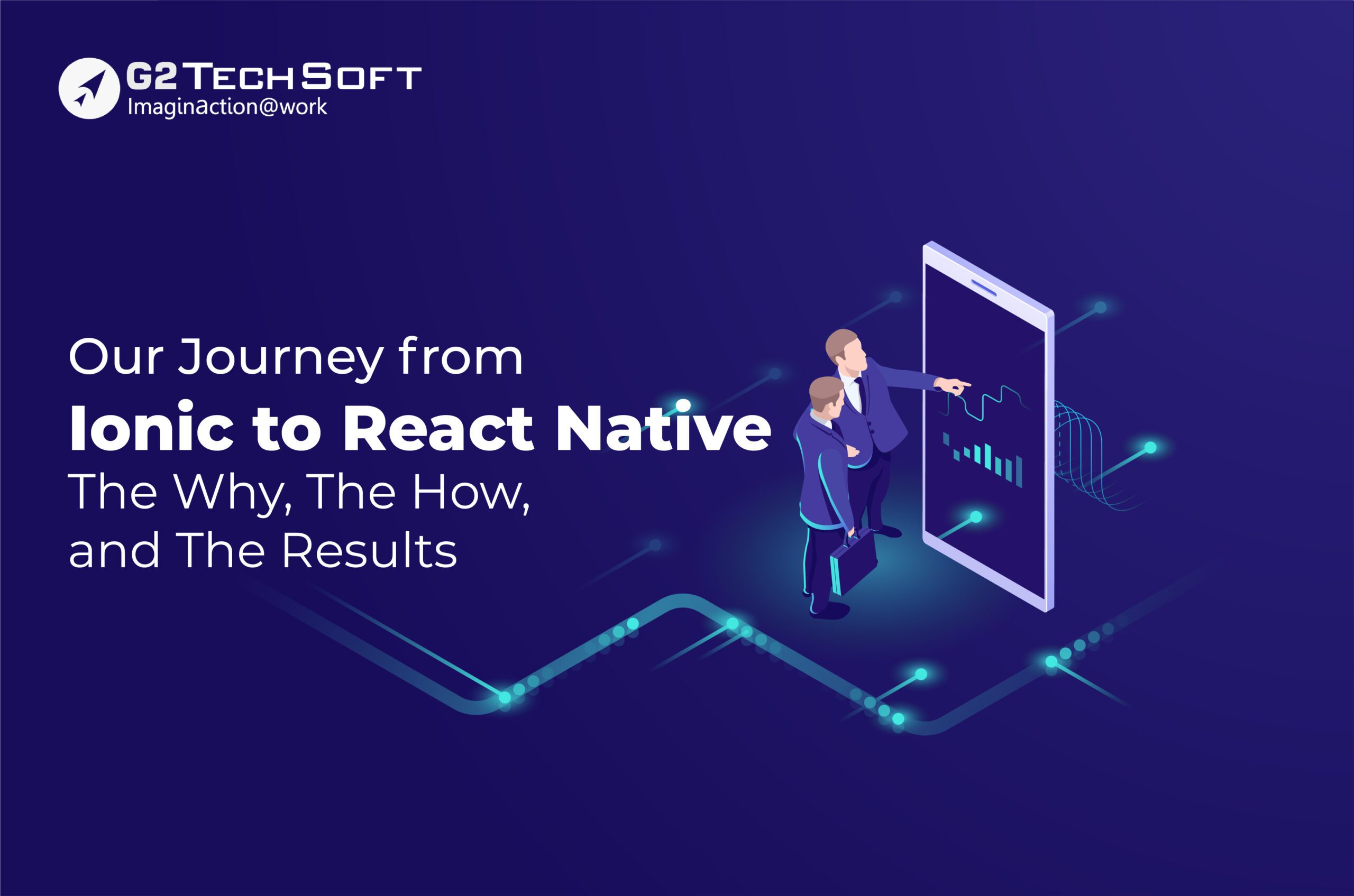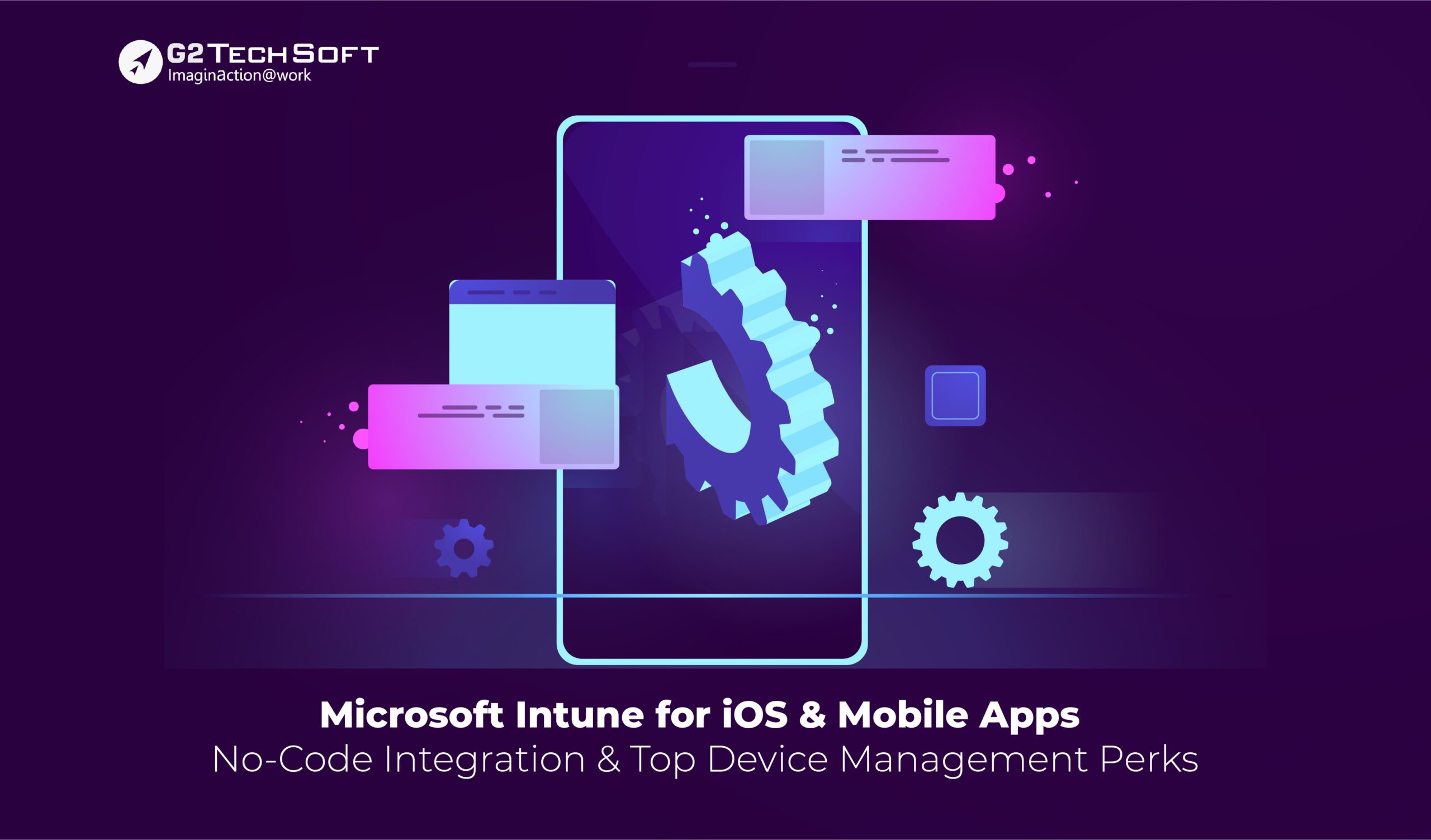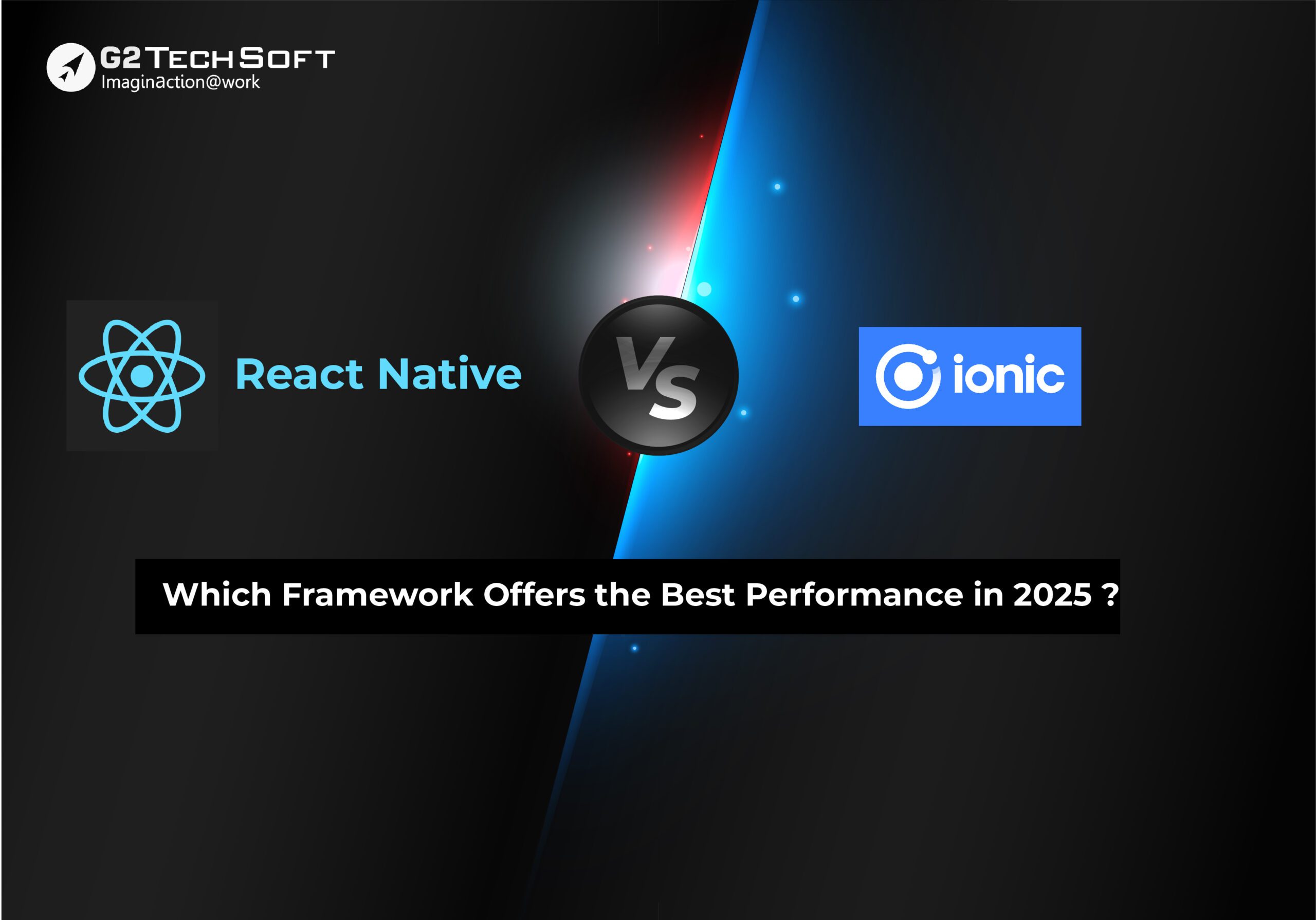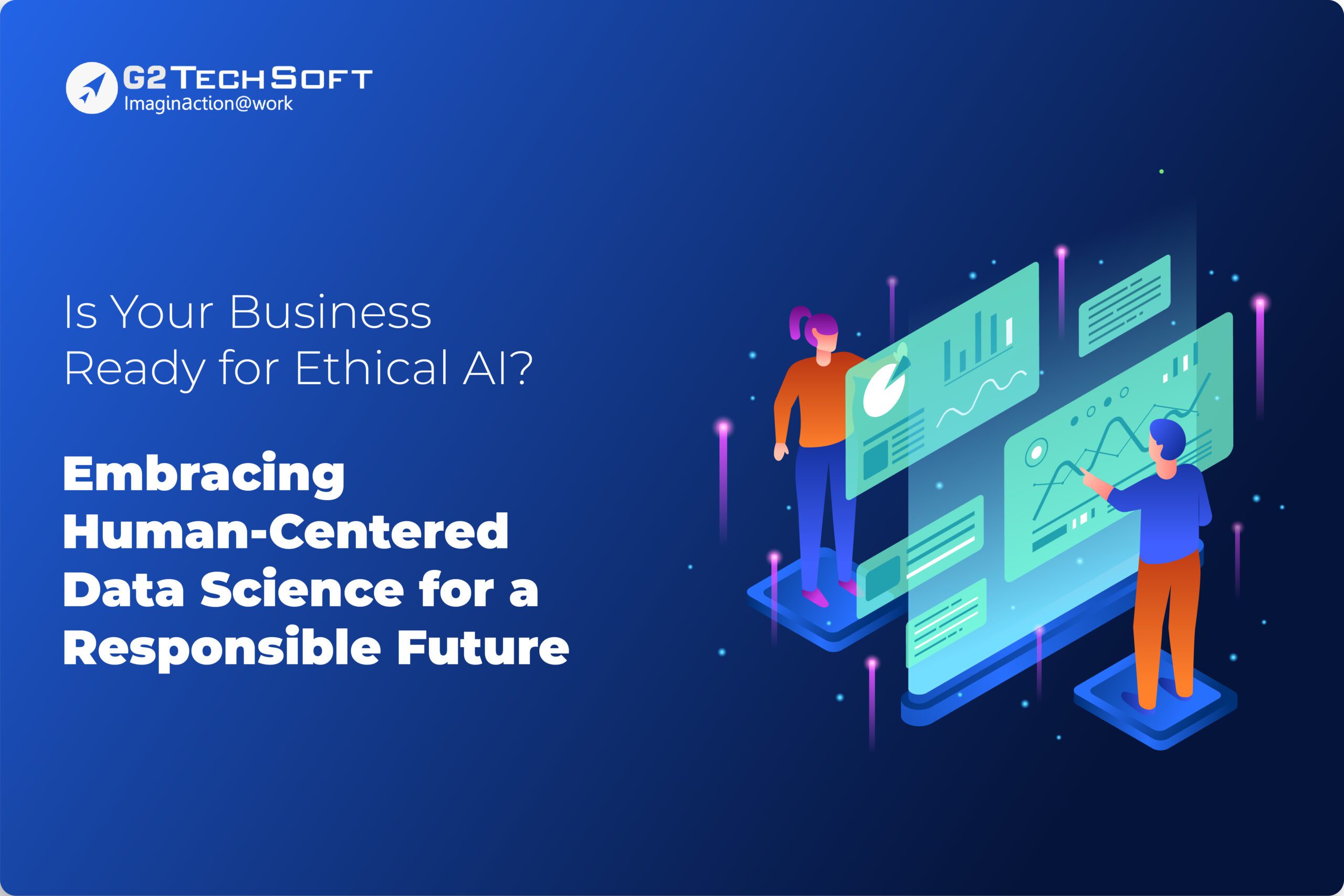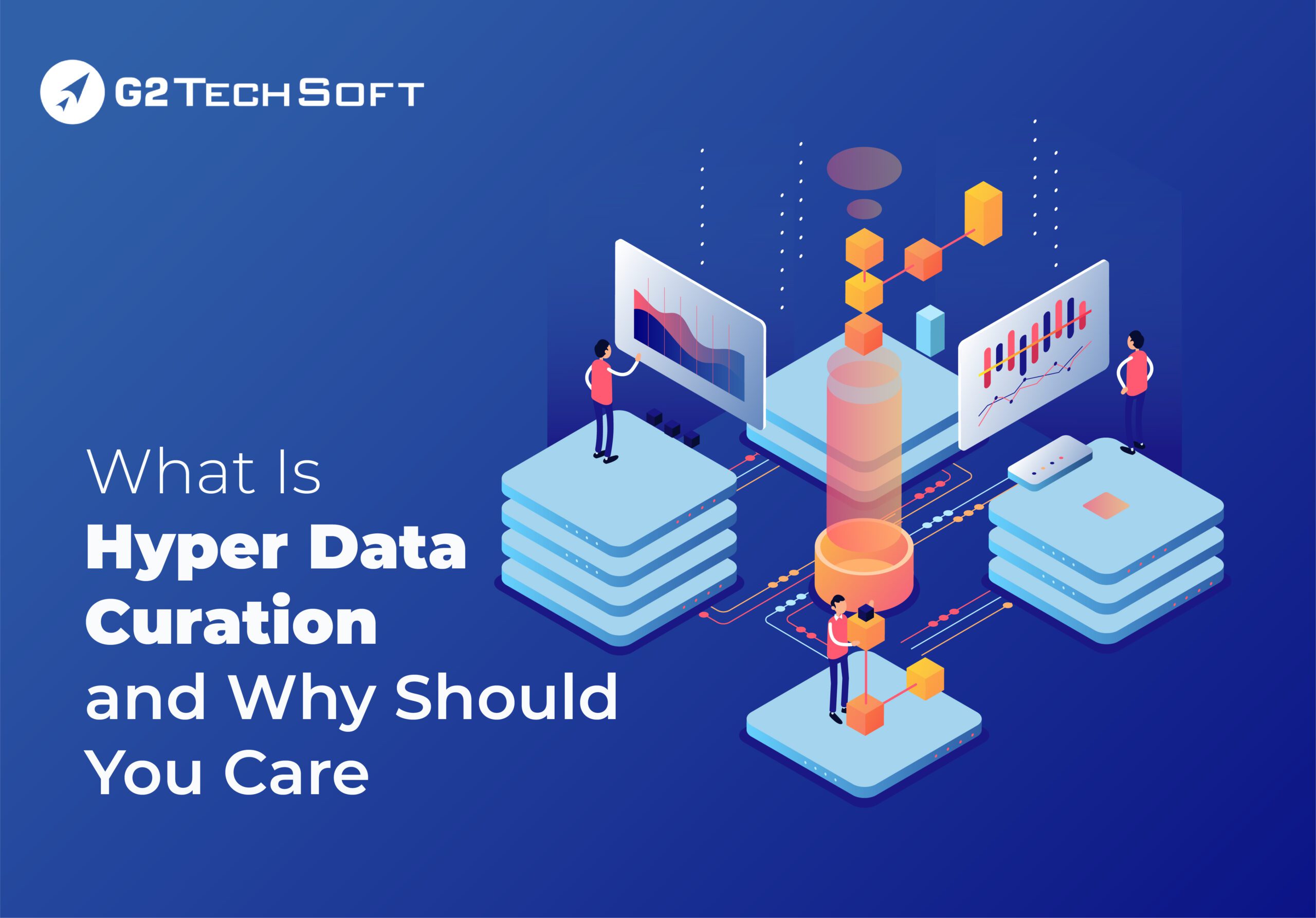
What Is Hyper Data Curation And Why Should You Care?
Introduction:
We are now living in a time where the sheer volume of data seems to be expanding at an unprecedented rate. From customer transactions to social media interactions, IoT sensor data to enterprise logs—businesses are drowning in a sea of information.
In this digital age, the ability to sift through mountains of data and extract meaningful insights has never been more critical. Yet, traditional data curation methods like delayed categorization, manual tagging, and static storage will no longer be equipped to keep up with the velocity, volume and variety of today’s data streams.
Enter hyper data curation—a game-changing approach to managing information in real time. Unlike its conventional counterpart, hyper data curation harnesses automation, contextual intelligence, and cutting-edge technologies like Artificial Intelligence and Machine Learning (ML) to ensure data is not only collected but also instantly categorized, labeled, and optimized for use.
For decision-makers, data scientists, and digital transformation leaders, this is not just a technical shift—it is a strategic necessity. Organizations that fail to adopt more sophisticated data management practices risk falling behind in agility, innovation, and insight generation. And this is the reason why hyper data curation is not just relevant, it is also mandatory.
In this blog, let us understand what hyper data curation is and why you should care.
What Is Hyper Data Curation?
At its core, hyper data curation refers to the real-time, intelligent management of data using automation, AI, and contextual awareness. It is a highly evolved form of data processing that goes beyond static sorting and indexing.
How Does It Differ From Traditional Data Curation?
The majority of traditional data curation is a manual, sequential process. It typically involves human curators tagging, organizing, and storing data after it has been collected. This approach might work for small datasets or periodic reporting, but it quickly becomes a bottleneck in fast-paced, data-heavy environments.
Hyper data curation, on the other hand, is dynamic. It uses artificial intelligence to automate tagging, labeling, and contextual sorting as data is being ingested. Think of it as curation at the speed of data—ensuring information is not only structured but also made instantly accessible and actionable.
Key Characteristics:
- Real-time Processing: Data is curated the moment it enters the system.
- Contextual Tagging: Tags are assigned based on relevance, relationships, and usage patterns.
- AI/ML Integration: Algorithms learn and adapt, constantly refining how data is handled.
- Automation: Minimal human input is needed, drastically reducing time and errors.
A Comparative Example:
Imagine a large enterprise collecting thousands of customer feedback forms each week. Traditional curation involves manually reading, categorizing, and storing each entry.
However, hyper data curation employs sentiment analysis and natural language processing (NLP) to immediately organize feedback by topic, tone and urgency, automatically routing highly important comments to the relevant department.
Why Does It Matter In The Modern IT Landscape?
Today’s IT ecosystem is fast, complex, and interconnected. Businesses rely on an ever-growing array of apps, platforms, and data pipelines to operate efficiently. In such an environment, waiting hours—or even minutes—for curated data can mean missed opportunities and slower response times.
Hyper data curation services address this issue by providing intelligent, continuous curation across platforms, which makes them perfect for settings where accuracy and speed are critical. Whether it is cybersecurity, customer engagement, or operational monitoring, hyper data curation ensures the right data is always in the right place at the right time.
As part of a broader Digital Transformation Services strategy, this approach aligns IT operations with real-time business needs, enabling faster innovation, improved compliance, and enhanced decision-making.
Benefits Of Hyper Data Curation:
1. Enhanced Data Discoverability:
With contextual tagging and intelligent metadata assignment, curated data becomes significantly easier to search, filter, and retrieve. This improves access for analysts, developers, and executives alike—no more digging through raw datasets.
2. Improved Model Training For AI:
High-quality, perfectly labeled data shall act as the fuel for machine learning models. Hyper curation ensures consistency and relevancy, leading to better-performing models and more reliable outcomes, key for companies developing advanced AI solutions.
3. Real-Time Insights And Responsiveness:
Since data is curated on the fly, businesses can generate insights almost instantly. This is invaluable for use cases like fraud detection, customer support, and inventory management, where timing can make or break outcomes.
4. Reduced Manual Effort And Errors:
Hyper data curation minimizes the need for manual intervention, which not only speeds up the process but also reduces the risk of human error. The result will be cleaner data, fewer compliance risks, and lower operational costs.
Use Cases And Applications:
Hyper data curation isn’t theoretical. It is already in action across industries. Let us explore a few high-impact applications:
1. Customer Experience And Support:
In e-commerce or telecom, hyper curation systems analyze support tickets, chat logs, and social feedback in real time. They identify trending issues, auto-route complaints, and even feed predictive models for churn analysis.
2. Healthcare And Life Sciences:
Medical records, research papers, and patient data are curated and contextualized to assist diagnostics, treatment recommendations, and compliance reporting without compromising data privacy.
3. Financial Services:
Banks and fintech firms use hyper curation to monitor transactions for fraud, track compliance with evolving regulations, and optimize risk models.
4. Manufacturing And IoT:
Sensor data obtained from smart factories can be automatically tagged, filtered and curated to find anomalies, optimize workflows and analyze equipment failure.
5. Marketing And Personalization:
Marketing platforms use curated user behavior data to deliver hyper-personalized content, increase conversion rates, and optimize ad spending in real time.
From operational efficiency to AI readiness, hyper data curation has become a cornerstone in enterprise-level digital transformation services.
Challenges To Consider Before Adoption Hyper Data Curation:
Despite its benefits, adopting hyper data curation is not without hurdles.
1. Initial Setup Complexity:
Implementing a hyper curation system requires integration with existing data pipelines, often necessitating customized solutions and significant upfront investment.
2. Tooling And Platform Compatibility:
Not all tools play nicely with each other. Ensuring compatibility between data sources, curation engines, and end-user platforms can be challenging without expert support.
3. Data Privacy And Ethical Concerns:
Automated curation may inadvertently expose sensitive data or violate compliance norms if not carefully managed. Ethical AI practices and governance protocols are essential.
4. Managing False Positives And Over-Curation:
AI models aren’t perfect. Over-tagging or mislabeling data can dilute its usefulness. Fine-tuning algorithms and introducing human-in-the-loop systems can help mitigate this.
How To Get Started?
Adopting hyper data curation begins with a clear strategy and the right partners. Here is a roadmap to guide your journey:
1. Assess Your Current Data Ecosystem: Identify bottlenecks in your existing curation processes.
2. Define Your Goals: Are you aiming for faster insights, better AI performance, or operational efficiency?
3. Choose The Right Platform: Look for tools that offer robust AI capabilities, real-time processing, and broad integration support.
4. Partner With Experts: Collaborate with a digital transformation company or top artificial intelligence experts who understand both your industry and the tech.
5. Pilot And Scale: Start with a limited implementation, measure performance, and then expand gradually.
A provider like G2 TechSoft offers end-to-end hyper data curation services as part of a holistic digital transformation offering, making it easier for enterprises to future-proof their data infrastructure with confidence.
Conclusion:
As the digital world grows more complex and data-rich, traditional curation models simply can’t keep up. Hyper data curation is not just a buzzword—it is a necessary evolution in how we manage and leverage information.
From improved AI training and faster insights to reduced errors and enhanced compliance, hyper curation delivers real, tangible benefits. Organizations that adopt it are better equipped to navigate the demands of modern business and stay ahead in a data-driven landscape.
By investing in this approach now and partnering with experts like G2 TechSoft, a trusted name in Digital Transformation Services and Advanced AI Solutions, you position your organization not just to survive, but to thrive.
